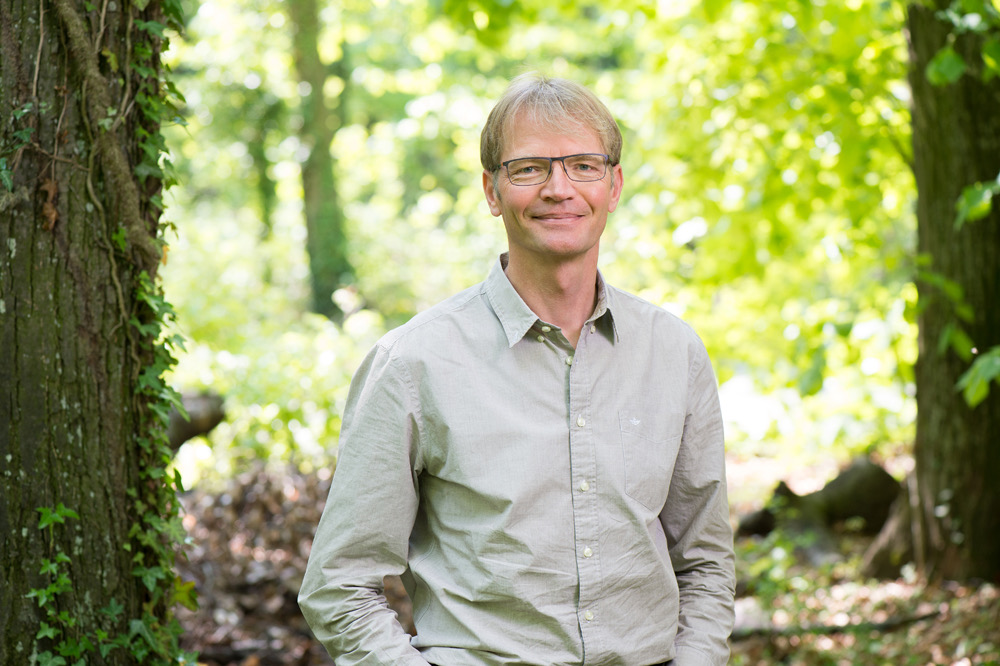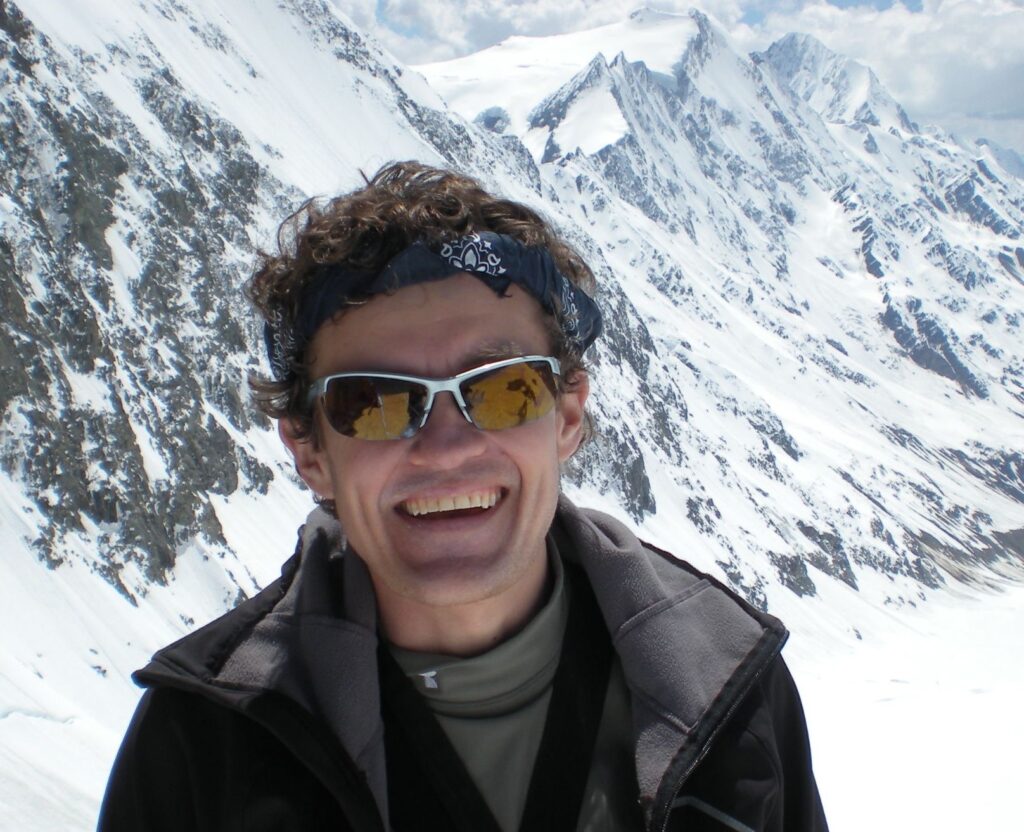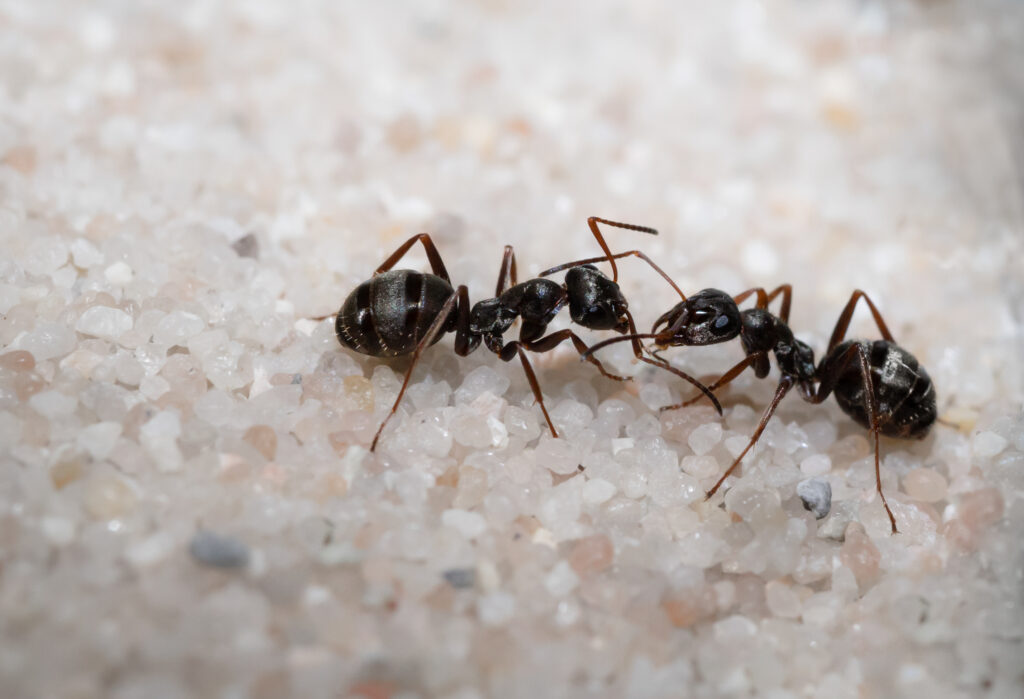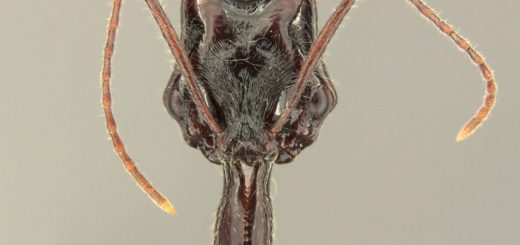Interview with Michel Chapuisat

In the recent review article, “Supergenes as drivers of ant evolution”, published in Myrmecological News, Michel Chapuisat provided a thorough analysis of concepts and findings related to supergenes. While he touched on some of these topics in a previous interview, this more detailed conversation delves into Michel’s personal experiences and research stories, including how he became interested in studying ants and supergenes.
An Interview compiled by Beatriz Portinha

MNB: Could you tell us a bit about yourself?
MC: I am an evolutionary biologist and professor at the University of Lausanne. Besides research and teaching, I like backcountry skiing, hiking and birdwatching.
MNB: Could you tell us about your research?
MC: I started a long time ago (1992!), by developing microsatellite markers for Formica ants. These were useful markers to study social structure, mating system, dispersal, supercoloniality, social conflicts and population genetic structure. Later on, for almost 15 years, I worked on social defences against parasites. With my colleague Philippe Christe, we showed that wood ants place small pieces of solidified tree resin in their mound, which limits the impact of bacterial and fungal pathogens. In parallel, since the turn of the Millennium, my team has been studying social polymorphism in Formica selysi. With Jessica Purcell and Alan Brelsford, both post-docs in Lausanne at that time, we detected a supergene controlling colony social structure, and this led to my current research program on the origin, evolution and function of this “selfish social supergene”. For more on what we are up to, please read the review in Myrmecol. News!
MNB: How did you end up studying ants?
MC: There was an opportunity to do a PhD on wood ant supercolonies, with Daniel Cherix, while being an assistant for the Museum of Zoology in Lausanne. I was interested in genetics, evolution, and wildlife. I thought this could be an interesting subject, and that in any case doing so much field work in a wild part of the Swiss jura forests would be a great opportunity to spot a boreal lynx. I am still hoping to see a lynx, but did not regret my decision.
MNB: If you had not become a myrmecologist, what else would you have liked to become?
MC: As a kid, an explorer, or a shepherd. Then, through birdwatching, I got caught into biology. The interest in ants grew later, because of their fascinating social behaviour.
MNB: How did you decide to study supergenes?
MC: When we were driving in a bus coming back from a conference in Germany in 2011, I decided with Alan Breslford and Jessica Purcell to give supergenes a try because we knew that there was a supergene in Solenopsis. I also thought it was a good time to “upgrade”, to start using many SNPs instead of microsatellites, and even if we didn’t find supergenes these would still be a useful tool for more detailed questions about population structure, dispersal, mating, etc. While we searched for a supergene deliberately, we were still surprised to find it!
MNB: What is your motivation for doing ant research now? What do you enjoy most about ant research?
MC: I like evolution, and the natural world. Ant research is a great way to progress in our understanding of social behaviour, while spanning many levels of biological organization, and combining multiple types of proximate and ultimate explanations. I particularly enjoy the strong theoretical basis of the field, and the possibility to test theories with empirical or experimental data.
MNB: What was the biggest obstacle you had to overcome in ant research?
MC: Ants rarely do what you want them to do. Beautiful projects have been ruined by ugly logistics: flight season shifted, some ants were reluctant to mate, breeding was challenging, colonies grow slowly. For example, mites grew when we didn’t want them, and disappeared the instant we had decided to study them. On the good side, there are always surprises. Nowadays, finding skilled, innovative and persistent collaborators is key for me.
MNB: Who or what inspired you to pursue a career in myrmecology?
MC: Daniel Cherix introduced me to the field of myrmecology, and to the wood ants. Later on, Laurent Keller played a key role in shaping my scientific skills. Laurent was not my supervisor, but a very stimulating and supportive mentor. I then did a post-doc with Ross Crozier, in Melbourne, and I enjoyed his immense knowledge and passion for ants and genetics. More recently, I did a sabbatical with Dolph Schluter, in UBC, Vancouver. This was great fun, and inspiring, even if not in myrmecology.
MNB: What would you do differently if you could start all over again?
MC: Not sure. I feel I have been lucky.
MNB: During your research, what was the scariest moment?
MC: During my sabbatical, our car was broken into, and our two computers, a phone, my spotting scope and lots of camping gear were stolen. A stressful moment.
MNB: Is there any particular situation in which you typically have the crucial idea for solving a difficult problem?
MC: You mean, “Eurekâ!” in the bath? Rather small, continuous steps that together make an interesting journey. Late afternoon is my best time for writing, but morning or even jogging are good to get some fresh small ideas.

MNB: What are the main differences regarding research when you started as a myrmecologist compared with today?
MC: We used to spend two days of lab work to sequence 150 base pairs. Today, master students sequence full genomes. In this move, students of biology lost some of the practical craftsmanship, but gained new skills in programming and data analysis.
MNB: What do you think will be hot topics in ant research in the next ten years?
MC: Comparative genomics, and hopefully lots of things I did not think about.
MNB: Do you have any suggestions for myrmecology newbies?
MC: Combining multiple skills and interests helps. Work hard, play hard, be patient. Things worthwhile need time to grow.
MNB: The higher the career level, the fewer women, also in ant research – what do you think will be most important for achieving gender equality in this respect?
MC: No miracle. Awareness, encouragement, collective education. And one thing will help for sure: the retirement (or ineluctable decay at their desk) of academic silverbacks.


MNB: Does your group harbour students or postdocs with kids?
MC: Not that I am aware of. I had two children during my PhD. The family travelled to Australia for my post-doc, and to Japan for the IUSSI meeting in Sapporo. That was stressful at times, but good fun.
MNB: What question are you asked most often when people hear you work with ants?
MC: A classic is “oh great, I have some in my kitchen, how do I get rid of them?”. I also used to be asked “who pays you for that?” Fair enough, but surprisingly this one completely stopped the day I got tenure.
MNB: What is the one thing you wish everyone knew about ants?
MC: That they are highly social, but do not think like us.
MNB: Do you have a favorite morphological structure / myrmecological phenomenon?
MC: I am biased, but I find the selfish social supergenes super interesting.
MNB: Do you have a favorite ant species?
MC: I like wood ants, and bulldog ants. But all ants look pretty much the same, no?
MNB: In another life, if you could be an ant, what ant species would that be?
MC: Well, if you believe in reincarnation and statistics, there is a fair chance for me to become an Arctic krill or an Argentine ant. Not a dream for me.
MNB: Which other scientists (or PostDocs, PhD students) would you like to be featured in a Myrmecological News
interview?
MC: Some of my friends and colleagues: Jessica Purcell, Daniel Cherix, Mike Goodisman.
MNB: What is the one thing they would want to change in Science?
MC: Ask them.
MNB: How can future generations bring a change?
MC: Foster a change in society values, for more cooperation and less greed.


MNB: What is the book on your bedside table?
MC: The snow leopard, by Peter Matthiessen.
MNB: Watching sports or doing sports?
MC: Doing. I try to beat my dear colleague Jérôme Goudet at unihockey every Tuesday morning. This makes my week, but that’s tough.
MNB: Listening to music or playing an instrument?
MC: Listening. My wife Florence plays the violin in an orchestra, so I had to attend plenty of concerts.
MNB: Do you enjoy the evening or the morning?
MC: Both, for different activities.
MNB: Tea or coffee?
MC: Coffee in the morning, and herbal tea in the evening.
MNB: Habit or change, what do you prefer?
MC: Change, but preferentially when that is for the best.
MNB: Cooking yourself or going out having dinner?
MC: Cooking in the great outdoors.
MNB: Aspirator or forceps?
MC: Forceps
MNB: Nest densities or pitfall traps, what do you prefer?
MC: Nest densities
MNB: Field work or lab?
MC: Field
MNB: Pin or ethanol?
MC: Ethanol
MNB: Paper printed out or reading on the laptop?
MC: Laptop
MNB: Journals financed by the author (open access) or by the reader (subscription based). What do you prefer?
MC: That’s Scylla and Charybdis, both are a pain. Institutional support combined with community run, low-profit scientific edition sounds better to me.
MNB: Kin selection or group selection?
MC: Kin selection, what else?
MNB: Do you prefer monodomy or supercoloniality?
MC: Supercoloniality. The bigger, the better.
MNB: Do you prefer the workers or the queens in an ant colony?
MC: The queens. They are precious.
MNB: Thank you, Michel, for this interesting interview!






Recent Comments